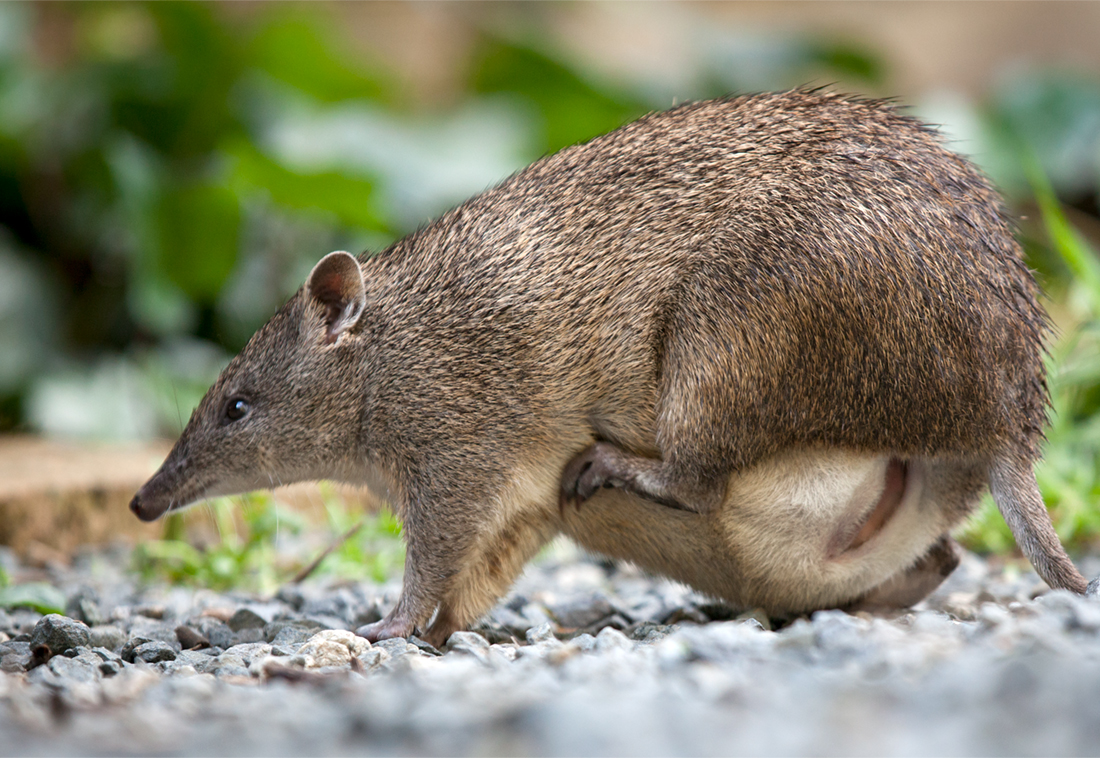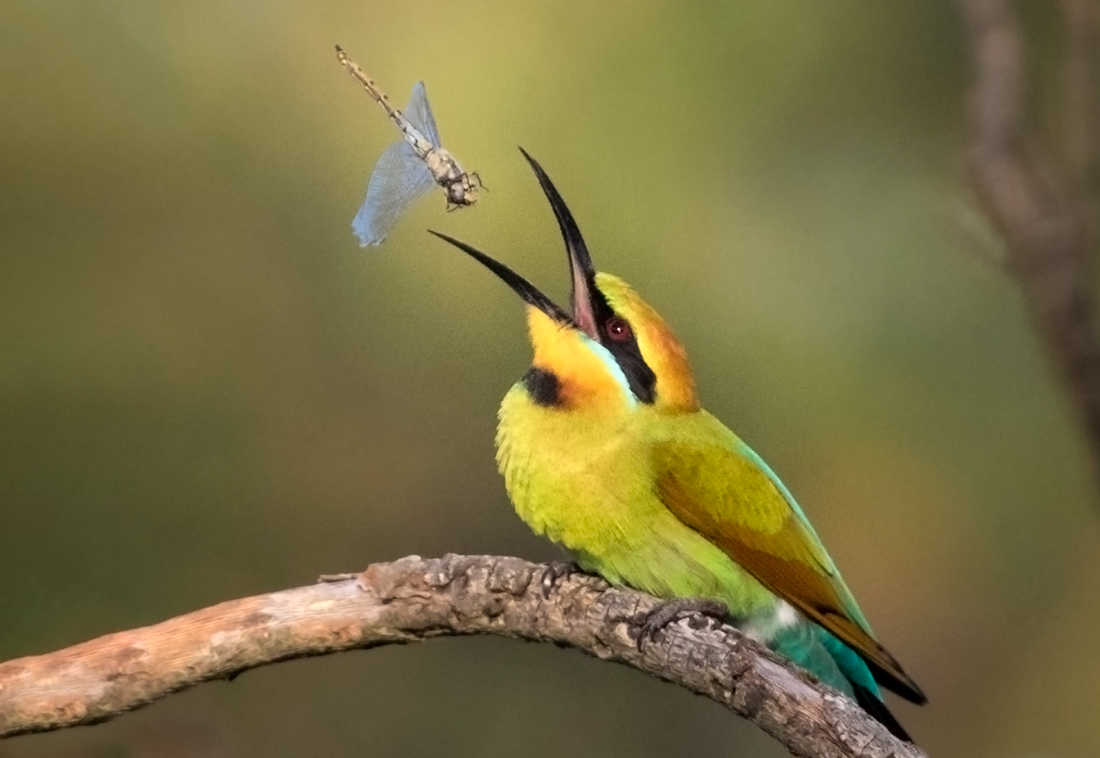In modern society towns, cities and human populations are continually expanding and absorbing the wild habitat of indigenous species at an alarming rate. The hardiest and most adaptable species seem to cope with invasion of humanity, some even thrive, but most are in steady decline and there is one thing that is certain… if a hardy and adaptable species is struggling, rarer species don’t have a hope.
The expansion of suburban and industrial areas happens in such a way that most people are blissfully unaware of the devastation caused by land development. Areas are cordoned off while the demolition and development occurs. Once the work is complete, the area is populated and the remnants of the original residents become almost invisible to the invading population. How many people simply pass by waterbirds clinging to the remnants of their wetlands habitat without even being noticed? Attention to the plight of endangered species is certainly desirable but addressing the loss of habitat and other environmental pressures facing all species including common species that share the backyards, suburban parks and local rivers of many cities and towns is paramount in the battle to save all wildlife. Common species can quickly become uncommon and by the time that happens it is often too late to halt the decline of the species.

The value of preserving species begins with making people aware of the consequences of losing the animals that we share our lives with, not just from biological diversity aspect, which means nothing to many people, but from a much more personal viewpoint. Making people aware of the beauty of common species, their lives, their struggle just to survive, let alone thrive and reproduce is a good place to start.

Wildlife photographers, artists and writers can play an important role in raising awareness of suburban wildlife and their struggle to co-exist with humanity in their rapidly declining habitats. By telling the stories of struggling wildlife, showing their beauty, fragility and the value they add to our lives you can make the invisible much more visible and worthy of preservation. So, take out your camera, pick up a pen and share your stories!



